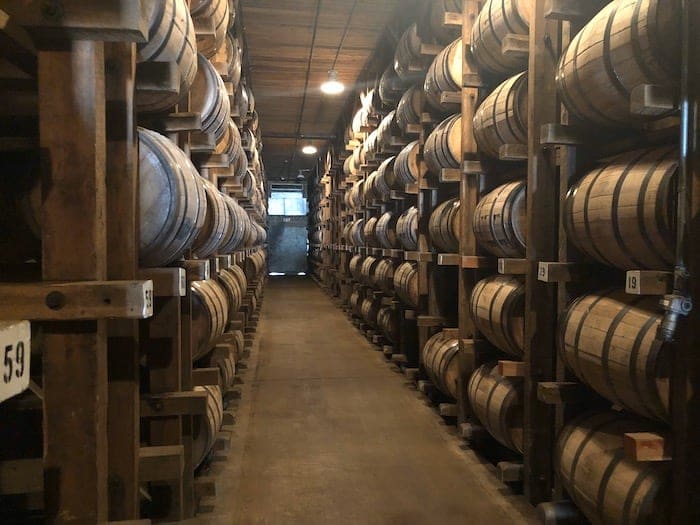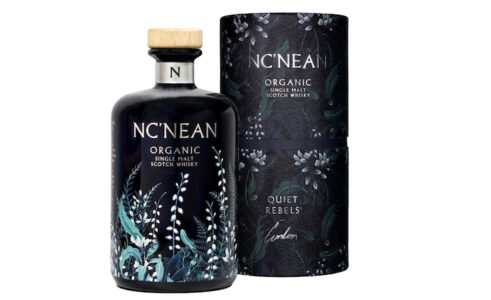As I’ve stated in the past, in my ongoing pursuit of a greater understanding of whisky as a sensory interface, I find it difficult to thoroughly relate to a whisky-related term unless I have at least a basic grasp of its chemical properties, the circumstances of its presence in the whisky in question, and its net effect on my perception of said whisky.
Therefore, it’s time once again to apply a bit more definition and context to some whisky-related terms that could easily confuse and mystify those non-chemists among us who might encounter them at some point along our whisky journeys. In this instance, we’ll be taking a closer look at ketones and terpenes. It may be helpful to begin by describing what ketones and terpenes have in common with, and how they differ from aldehydes, our topic from last time.
Ketones contain a ‘carbonyl group,’ or a carbon atom double-bonded to an oxygen atom. Aldehydes on the other hand are built around a ‘carboxyl group,’ a carbon atom double-bonded to an oxygen atom and single-bonded to a ‘hydroxyl group’ (a hydrogen atom bound to an oxygen atom). It’s the presence of this hydrogen atom in aldehyde structures that make them more prone to oxidization than ketones, where there is no hydrogen atom bound to the carbonyl group.

Ketones are also more volatile than aldehydes of similar molecular weights. It’s this property that makes ketones effective aroma drivers, which explains the widespread use of ketones in the production of perfumes.
The simplest ketone structurally is Acetone. In fact, the term ‘ketone’ is derived from the word ‘aketone,’ an old German word for acetone. Acetone is most widely encountered as the active solvent in nail polish remover. Due to its high volatility, acetone appears mainly in the foreshots/heads of a distillation run. Diacetyl (2,3-butanedione or C4H6O2) is another ketone associated with whisky production.
Yeast cells convert the amino acids from barley into ketones like diacetyl during the exponential phase of the fermentation cycle, then rely on ketones as part of the metabolic process as fermentable sugars begin to run out later in the cycle. The ‘diacetyl rest’ phase of the fermentation cycle employed in many breweries and distilleries takes advantage of this late phase ketone depletion to reduce diacetyl content in the final product, as it is difficult to remove in the distillation phase, it has a distinctly buttery and slick palate presence, and can be detected at concentrations as low as 1 PPM. Higher concentrations can manifest as a cheesy presence on the palate.
Terpenes (also called ‘terpenoids’), commonly found in plants, are structurally different from ketones, as they are defined by a repeating carbon ‘skeleton.’ The hydrocarbon isoprene is the building block of terpenes. Terpenes can be formed during fermentation or can be imparted during maturation via extraction from oak casks. Most of the terpenes found in whisky are monoterpenes, meaning they’re built around two isoprene ‘skeletons.’
Like ketones, terpenes are effective aroma drivers. The terpene linalool, produced during fermentation, lends floral aromatics. It is found naturally in high concentrations in lavender, basil, and coriander seed. Geraniol with its floral notes, camphor with its distinctly recognizable antiseptic aroma, and limonene, present in high concentrations in citrus fruits, are other common terpenes encountered in mature whisky.







